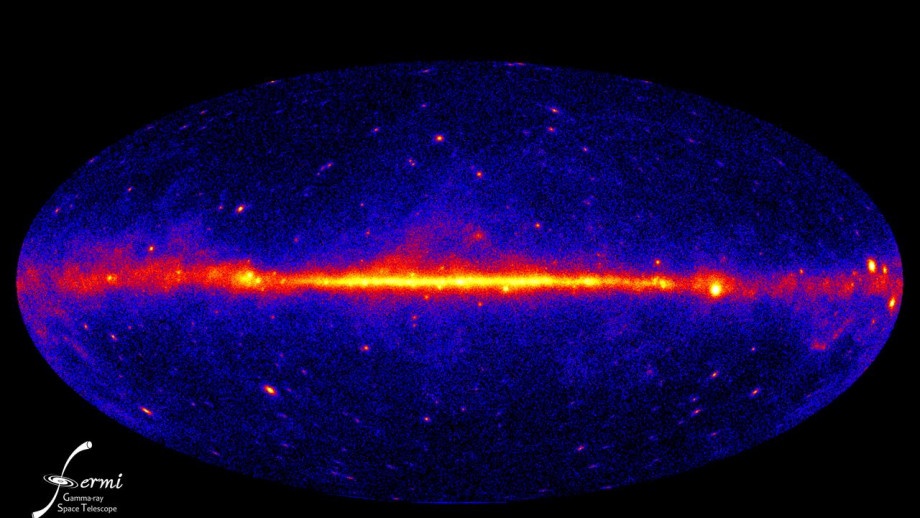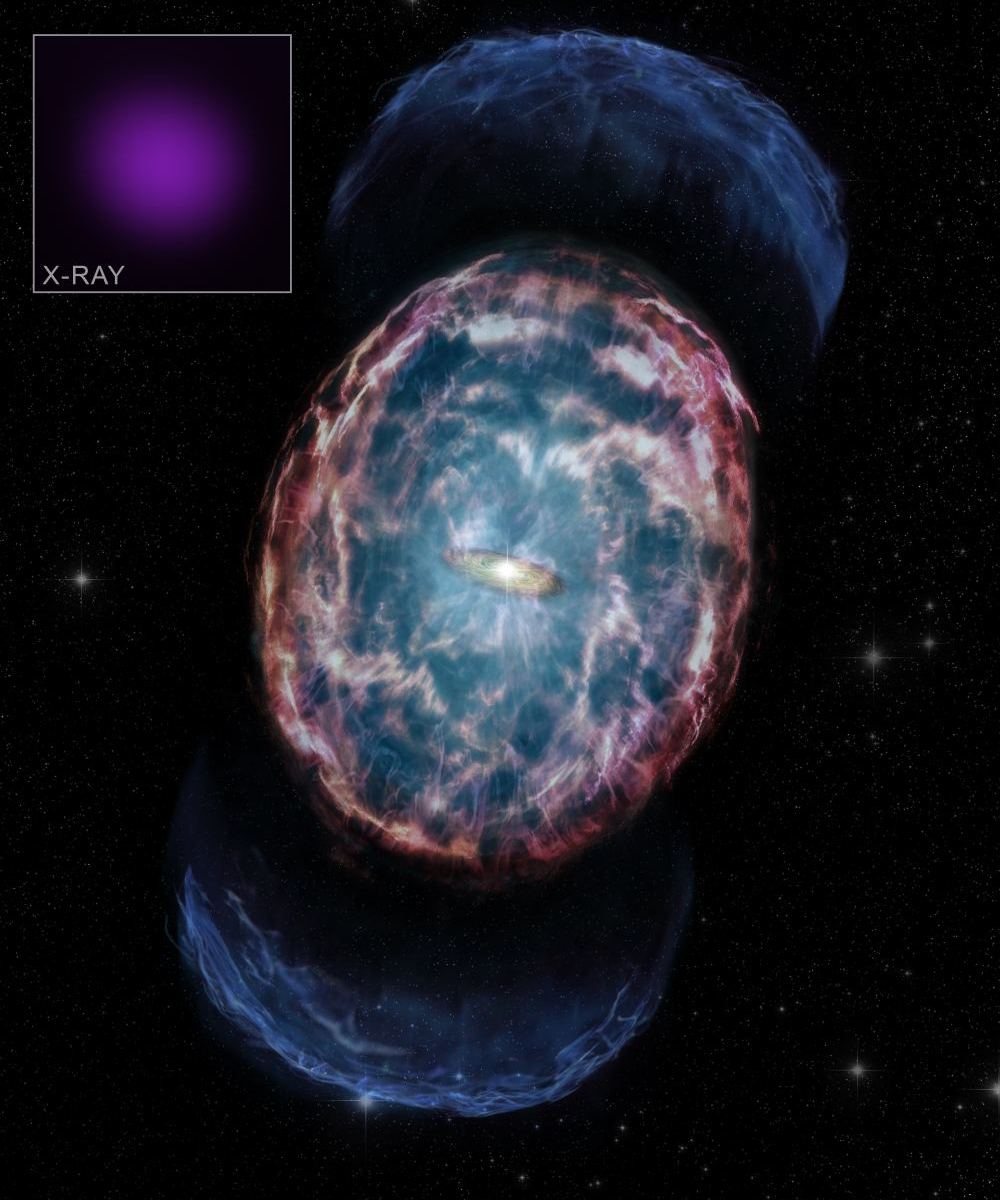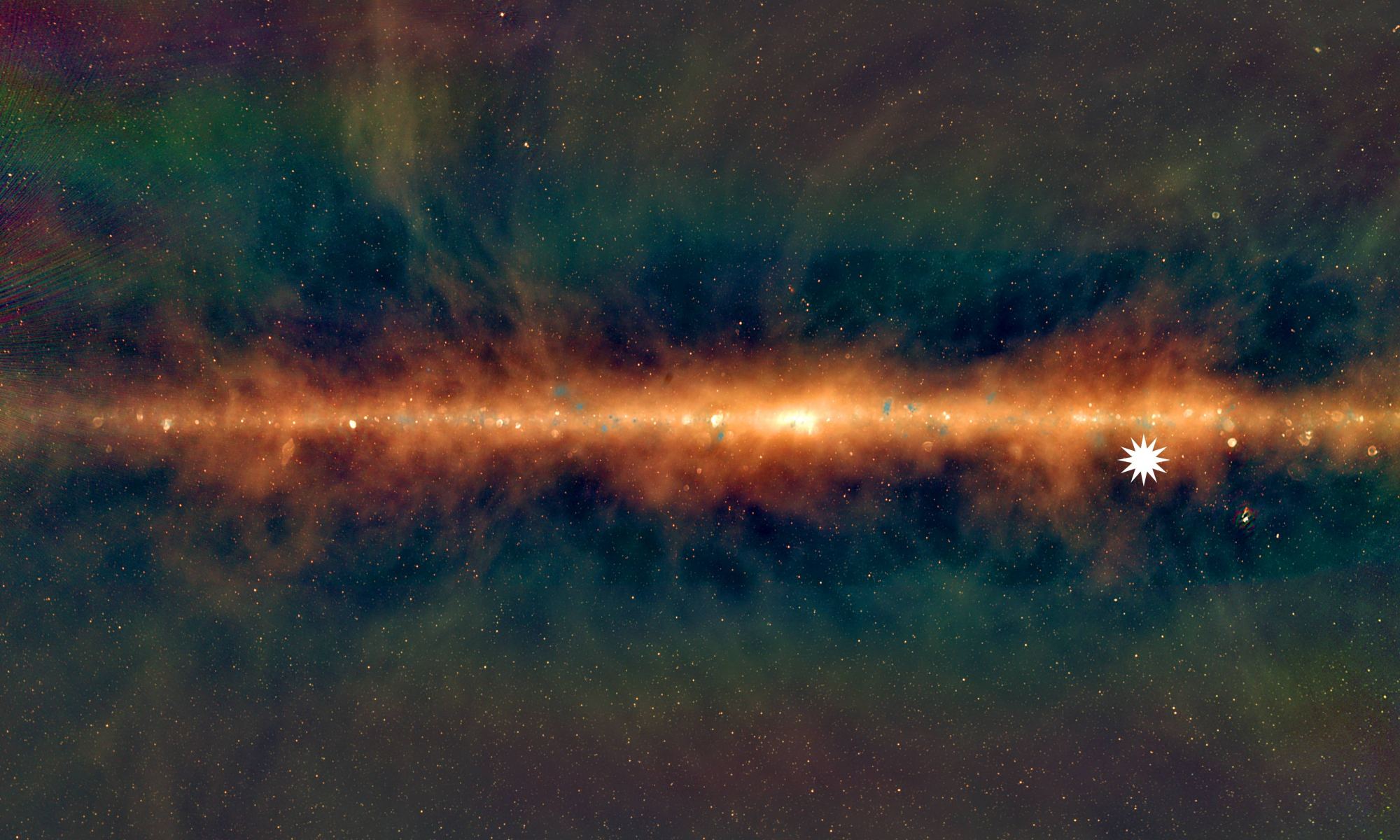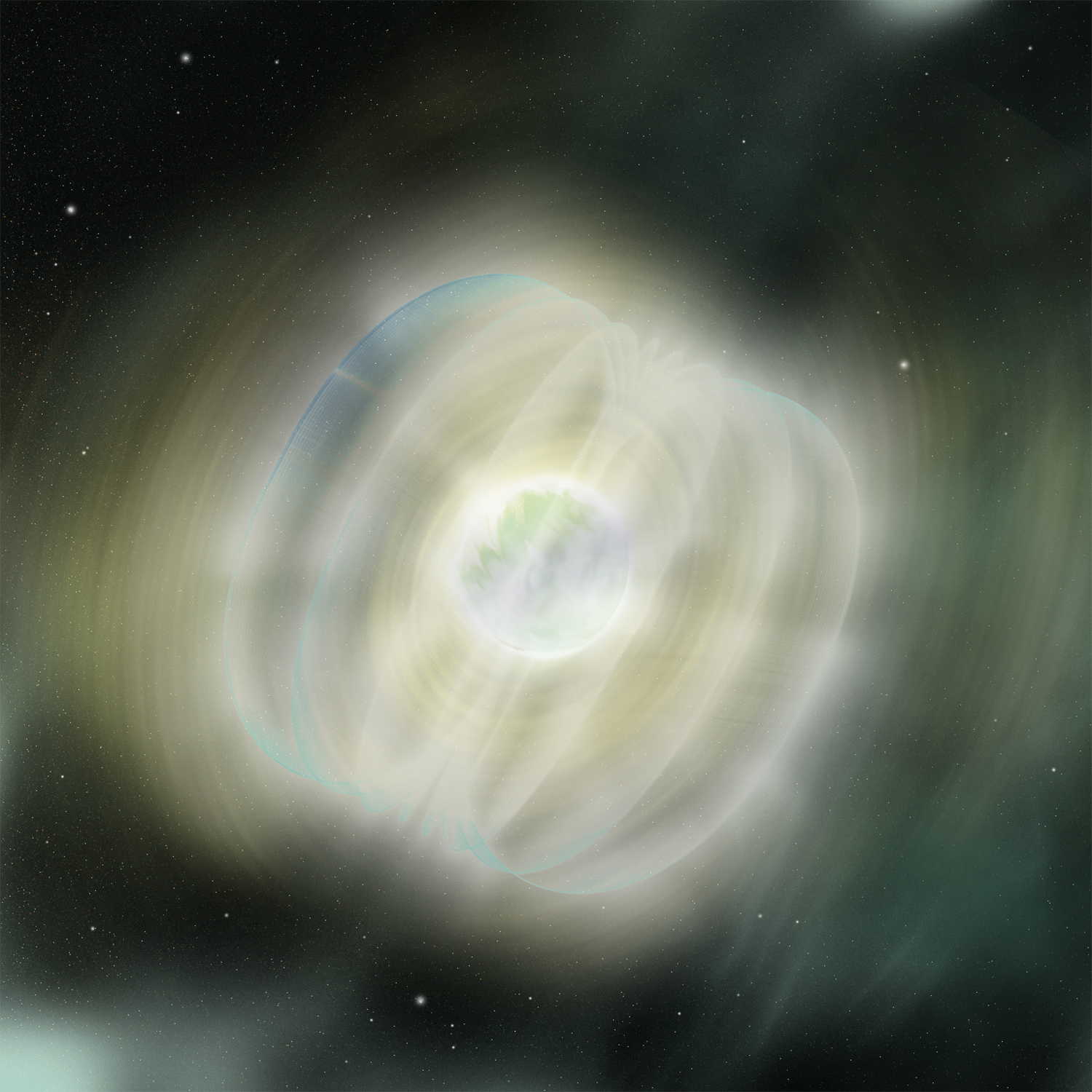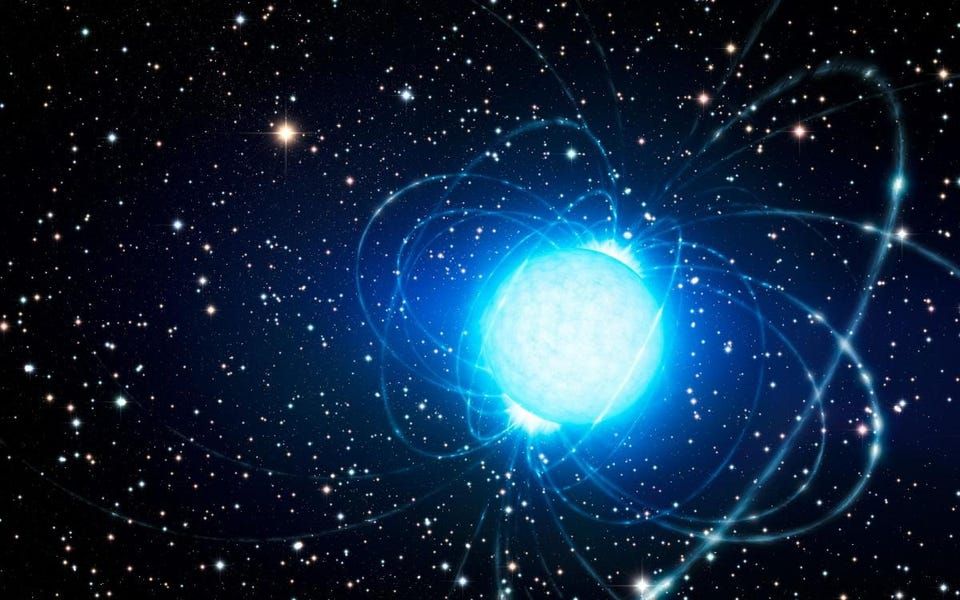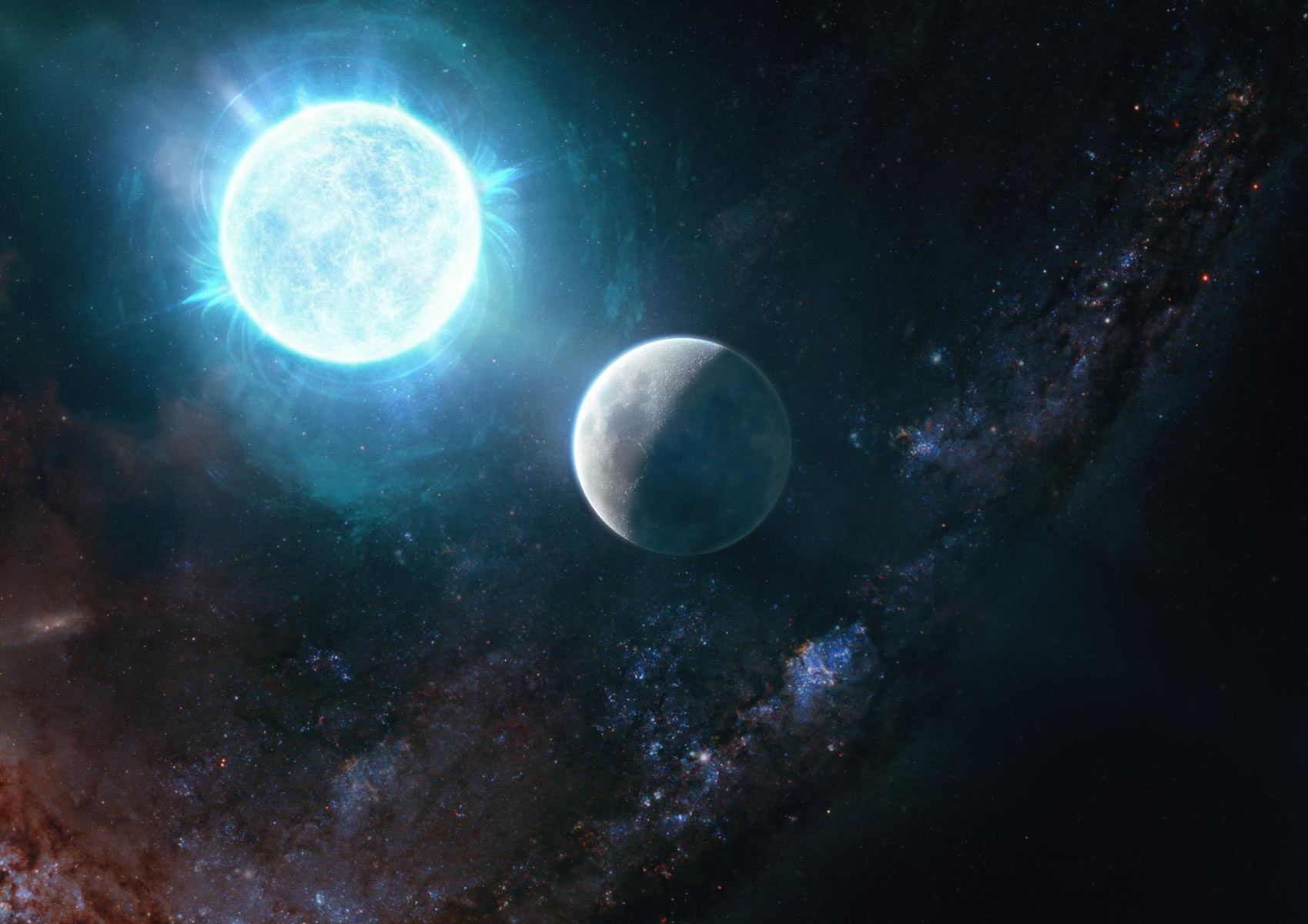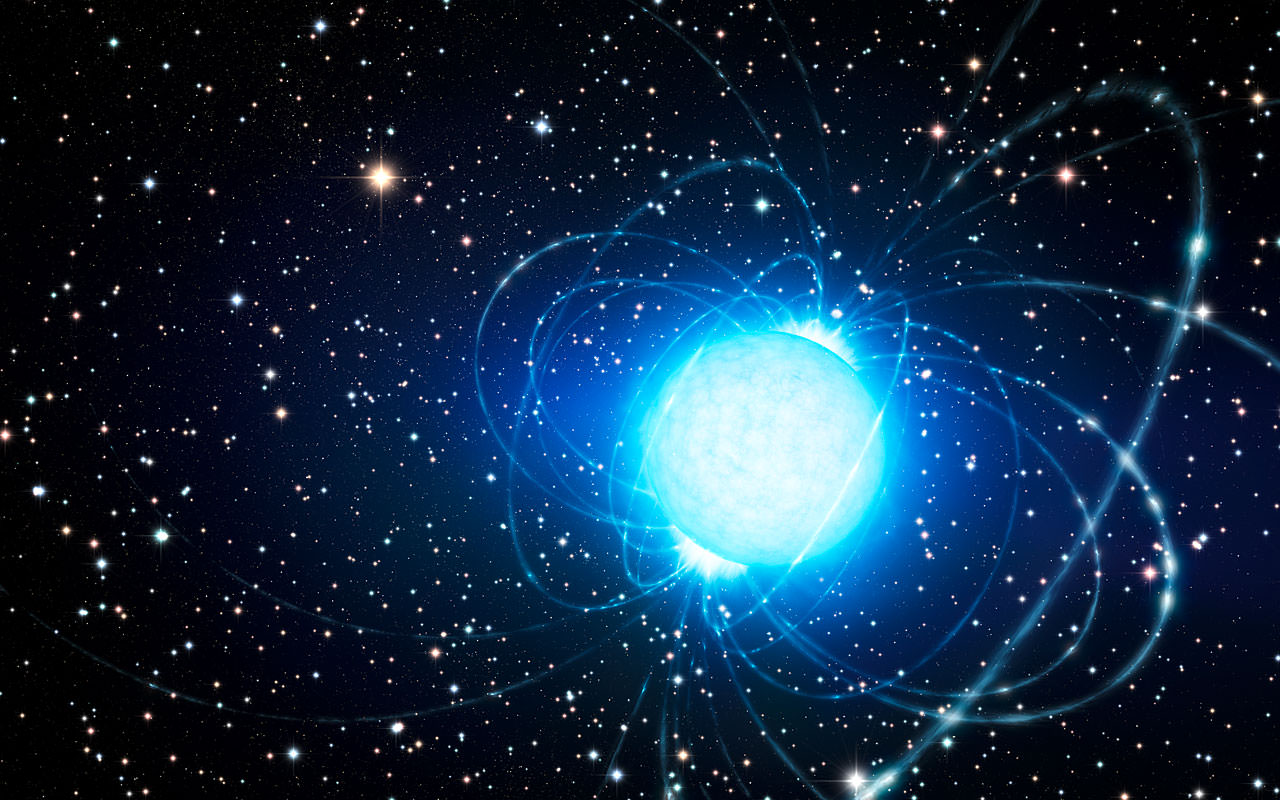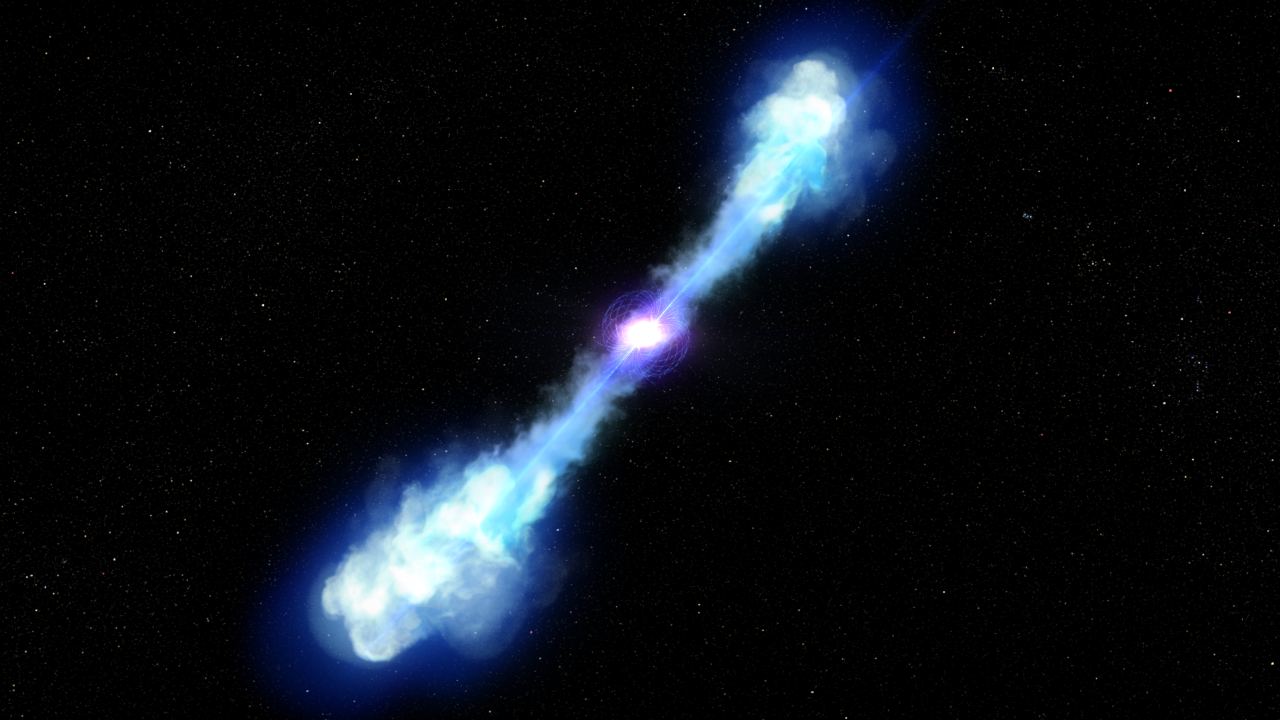Astronomy is progressing rapidly these days, thanks in part to how advances in one area can contribute to progress in another. For instance, improved optics, instruments, and data processing methods have allowed astronomers to push the boundaries of optical and infrared to gravitational wave (GW) astronomy. Radio astronomy is also advancing considerably thanks to arrays like the MeerKAT radio telescope in South Africa, which will join with observatories in Australia in the near future to create the Square Kilometer Array (SKA).
In particular, radio astronomers are using next-generation instruments to study phenomena like Fast Radio Bursts (FRBs) and neutron stars. Recently, an international team of scientists led by the University of Manchester discovered a strange radio-emitting neutron star with a powerful magnetic field (a “magnetar”) and an extremely slow rotational period of 76 seconds. This discovery could have significant implications for radio astronomy and hints at a possible connection between different types of neutron stars and FRBs.
Continue reading “A Pulsar has Been Found Turning so Slowly Astronomers Didn't Even Think it was Possible: Once Every 76 Seconds”

